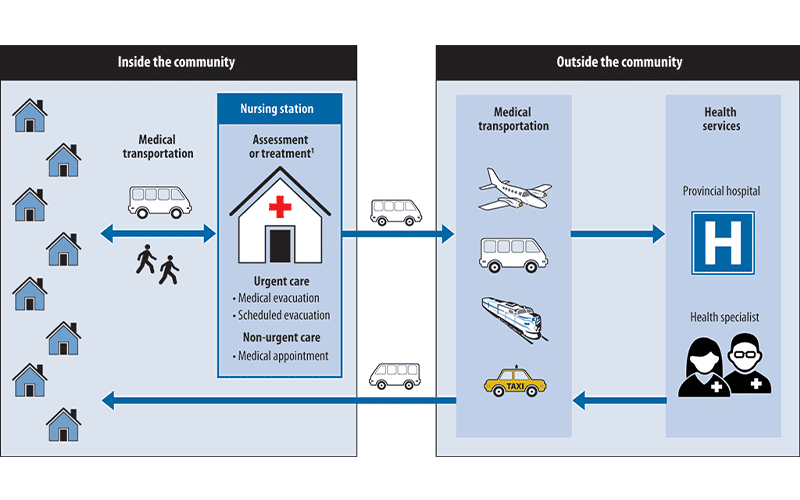The effects of colonization, the “Sixties Scoop” and residential schools have led to high rates of intergenerational trauma, high unemployment rates, extreme poverty and lack of housing and clean water. The World Health Organization (WHO) has even acknowledged the impacts of colonization on Indigenous peoples in Canada;
In April 2007, an international delegation of Indigenous representatives met as part of ongoing consultations linked to the World Health Organization’s Commission on Social Determinants of Health. The proceedings from this meeting included the statement: “Everyone agrees that there is one critical social determinant of health, the effect of colonization” (Mowbray, 2007). In Canada, Indigenous conceptualizations of the social determinants of health have emphasized the fundamental role of colonization, racism, social exclusion and a lack of self-determination in the alarming disparities in Indigenous and non-Indigenous peoples’ health.” [4]
